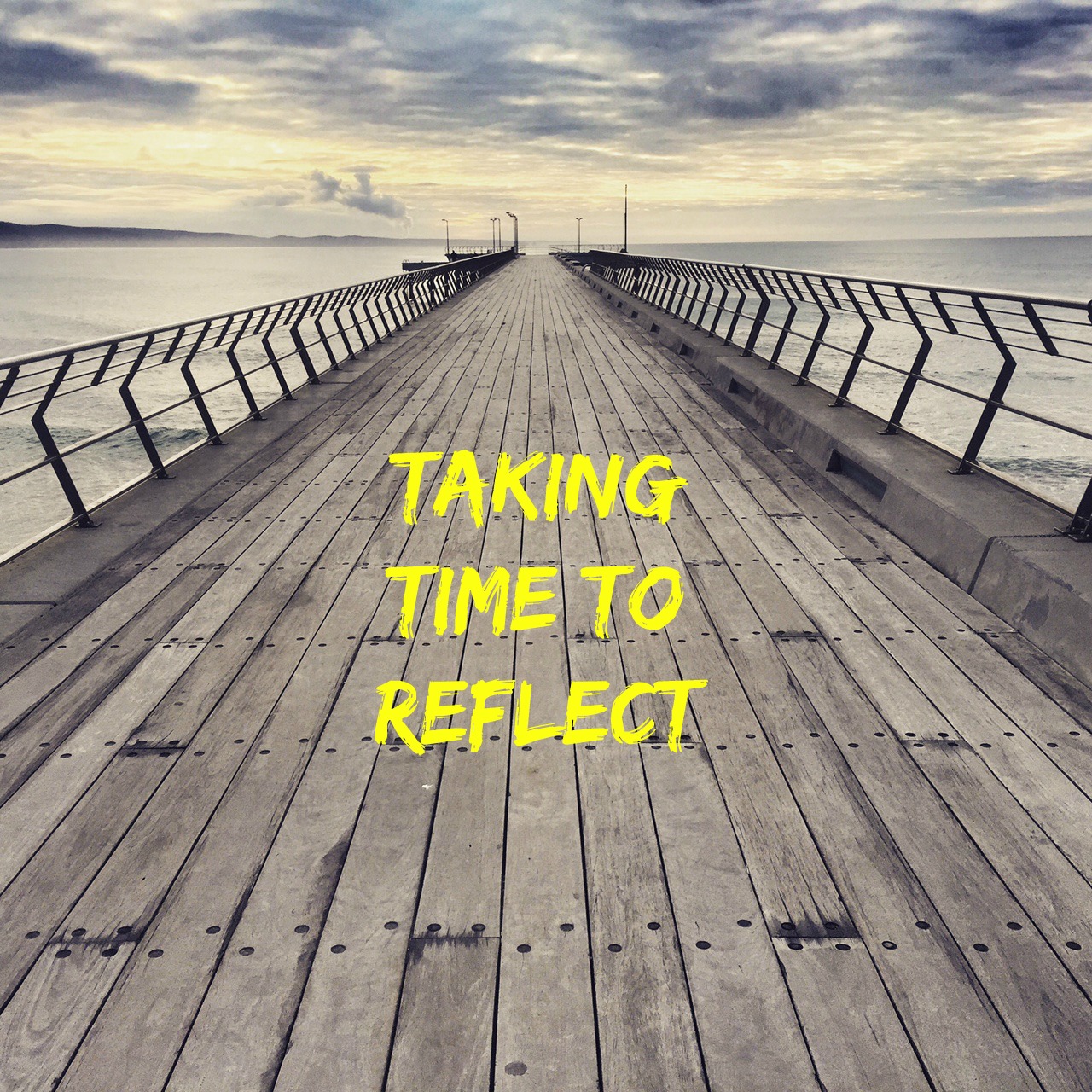This week my group got the opportunity to teach. I was very nervous but happy that I got the experience of being in front of a class!
My group was given the task of teaching about community environments. This was not a topic that I had previously known a lot about so it was interesting exploring the different vocabulary. We began with a direct instruction to give the students the knowledge that they needed. We started by pre-assessing knowledge with a world bubble containing vocabulary words from the previous lessons. The students did a great job with pointing out what words they learned and telling us what they meant. We then moved on to teach vocabulary, like environment, region, landform, physical environment, ecosystem, Northeast Region, climate, temperature, adapt, fuel, natural resources, recycle, and conserve. After teaching the vocabulary words we moved into guided practice by doing multiple-choice, matching, and true or false questions. The students did great with the guided practice, so we felt confident to move on to independent practice! After grading the independent practice we knew that the students had a solid understanding and were ready to move on to inquiry!
For inquiry, we introduced the students to Mr. Robinson, a YouTuber from California. After our "getting to know you" activity we learned that the 3rd graders loved YouTubers, so we thought that it would be a great idea to include one in our lesson. Mr. Robinson told the students that there were wildfires where he lived and he was unsure if he should move. If he moved, he wanted the students to help with what type of climate he should move to. We began by having the students pick which type of they felt Mr. Robinson should move to. Then we assigned them climates and had them form an argument. We gave them letters from people living in their climate that stated the pros and cons of living in that specific climate. Students had to sort those pros and cons and then form an argument for their climate. Some students struggled with this because they did not agree with the climate they were assigned. We explained to them that it did not matter if they agreed, because their job was to support using the facts that they were provided. After some assistance, students did a good job forming an argument and were ready to move on to cooperative!
For our last lesson, we had the students combine everything that they had learned. To do that, the students were to create their own environment. They were to pick a name for the environment, include three pictures of landforms, show natural resources found in the environment, pick a climate, and explain how their environment is going to recycle or conserve. The students had a lot of questions, but once they began they seemed to have grasped the directions. Leading students to not be distracted was difficult but what they created was amazing. They did not want to stop when the time was up because they were so excited. It was great to see all of the information that we had taught them!!
Teaching is always scary, but I am so happy with how my lessons went! It is a relief to be finished, and I can not wait to see what the final group does!











